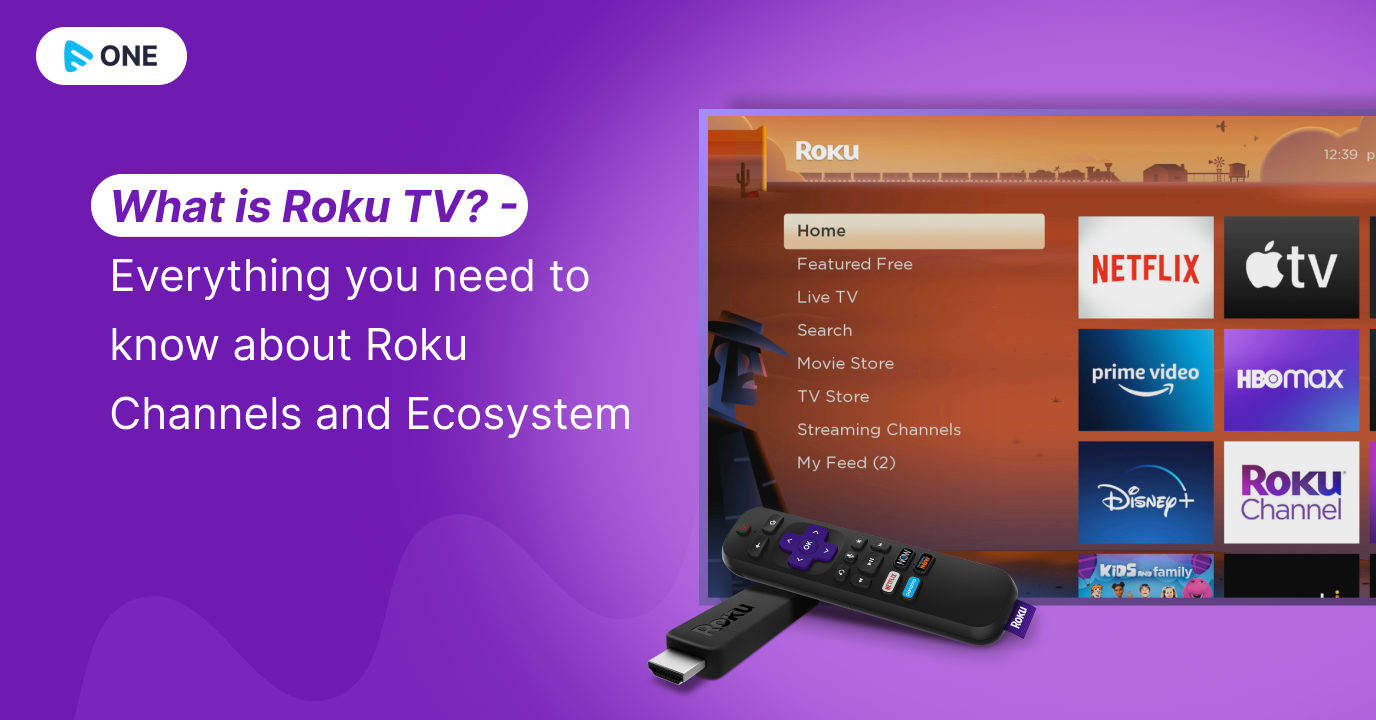The Definitive Guide to Apollo Group Tv
The Definitive Guide to Apollo Group Tv
Blog Article
The Ultimate Guide To Apollo Group Tv
Table of ContentsThe Apollo Group Tv Ideas4 Simple Techniques For Apollo Group TvApollo Group Tv - TruthsFacts About Apollo Group Tv Uncovered
In this situation, as opposed to having three-minute business areas during a 30-minute television program, television shows may change to one where a consumer will be required to have a regular monthly membership, to ensure that they cen sight targeted banner advertisements. This sort of marketing currently occurs on the net, and the amount of data tv firms collect allows them to do similar.Discuss the impact of enrollers on program material. Describe the major trends amongst the broadcasting and wire networks. When tv was in its infancy, manufacturers designed the new medium on radio. Popular radio shows such as cops dramatization Dragnet and western cowboy collection Gunsmoke were adapted for tv, and brand-new TV shows were funded by solitary advertisers, equally as radio programs had been.
Today, the tv market is even more complex. Programs are funded by several advertisers; shows is managed by major media conglomerates; and the 3 major networks no much longer control the airwaves but rather share their customers with numerous wire channels. A number of elements make up these trends within the sector, consisting of technological developments, government laws, and the development of brand-new networks.

The Only Guide to Apollo Group Tv
Established in 1969, (PBS) established out of a record by the Carnegie Payment on Educational Television, which checked out the function of instructional, noncommercial tv on culture. Public tv was also meant to give global accessibility to television for visitors in rural locations or audiences that can not afford to pay for personal tv solutions.
The duration in between 1950 and 1970 is historically acknowledged as the. Other than a tiny portion of airtime managed by public tv, the 3 significant networks (known as the Big Three) dominated the tv industry, collectively representing greater than 95 percent of prime-time viewing. In 1986, Rupert Murdoch, the head of international firm Information Corp, released the Fox network, challenging the supremacy of the Big 3.
Targeting young and internet minority audiences with shows such as Buffy the Vampire Killer, Moesha, Dawson's Creek, and The Wayans Bros., the brand-new networks wanted to attract terminals far from their old network associations. Instead than repeating the success of Fox, UPN and WB had a hard time to make an impact. Unable to bring in many affiliate terminals, both recently established networks got to less homes than their larger opponents due to the fact that they were inaccessible in some smaller sized cities.
This choice led the way for the advancement of cable television film networks, adding to the rapid growth of cable television in the 1980s and 1990s. apollo tv group. Additional deregulation of cord in the 1984 Cord Communications Policy Act removed restrictions on cable rates, enabling drivers to charge what they wanted for cable television services as long as there was effective competitors to the solution (a criterion that over 90 percent of all cable markets can fulfill)
More About Apollo Group Tv

Having actually created the first "superstation," Turner broadened his world by starting 24-hour information network CNN in 1980. At the end of the year, 28 national programming services were offered, and the cord change had started. Over the following years, the sector undertook a duration of quick development and appeal, and by 1994 visitors can choose from 94 basic and 20 premium cable services.
Number 9 - https://www.pageorama.com/?p=apollogtv01.16 Raised competition from cord networks has caused a consistent decrease in the networks' audience ratings. During the 1950s, the expense of generating a single tv show enhanced as programs ended up being much longer and production expenses soared. Sponsorship on network television moved from single sponsorship, in which a program was totally sustained and produced by one marketer, to numerous sponsorship, in which marketers bought 1- or 2-minute spots on the show
Choose one of the Big Four networks and publish out its regular programs routine. Enjoy the network's prime-time programs over the program of a week, noting the target market for each program.
See This Report about Apollo Group Tv

Direct television, often referred to as standard program television, incorporates cable and satellite television. It's called "straight" due to the fact that content complies with an established programs schedule, unlike on-demand web content which the individual visitor decides to view based on their own choices and schedule. So, when you ask, "What is direct television?", think about it as the traditional way of watching TV that has actually been around for decades.
Report this page